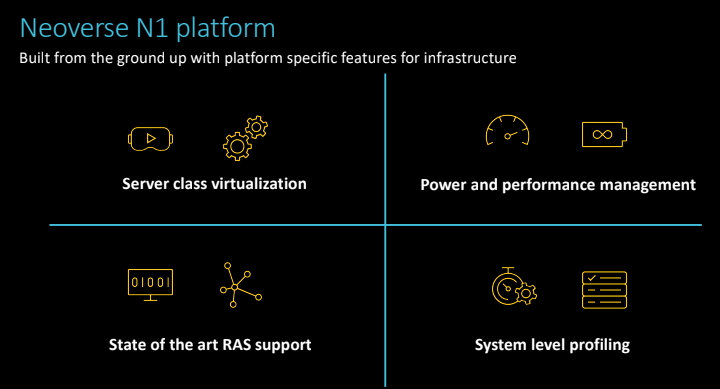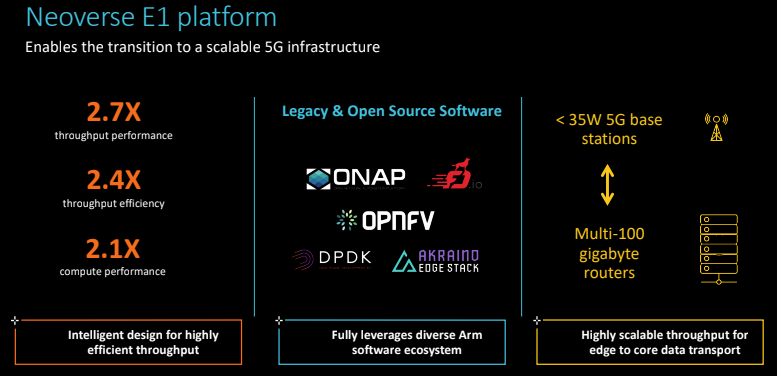Google said there’s absolutely, positively, nothing to worry about the secret microphone in your Nest Secure smart home hub that it didn’t tell you about. Nope, not at all. Just an oversight, said Google. No need to be alarmed. Everything is just fine.
When Google announced earlier this month that its Nest Secure would double-up as a Google Assistant, it sparked anger. Google hadn’t told anyone that the security hub had a microphone inside to begin with. There was no mention of the microphone on the initial list of tech specifications, nor was it mentioned after the company announced Google Assistant integration. (It’s there now.)
After Google, which owns Nest, realized its customers didn’t like being deceived or having their privacy violated, the company swallowed its pride and admitted fault
“The on-device microphone was never intended to be a secret and should have been listed in the tech specs,” said Google spokesperson Nicol Addison in an email to TechCrunch. “That was an error on our part. The microphone has never been on and is only activated when users specifically enable the option.”
Business Insider first reported the news.
Google said that security systems “often use microphones to provide features that rely on sound sensing and included the microphone so it could “potentially offer additional features to our users in the future, such as the ability to detect broken glass.”
No doubt it’s a smart, if not terribly executed idea.
You can forgive a company for not wanting to drop the ball on its own future product line-up announcements, but not disclosing the inclusion of a microphone in a device that sits in your home just looks bad. And it couldn’t come at a worst time for tech giants, as they try to clamber back any ounce of respect they have from privacy-conscious consumers.
It makes you wonder how many other devices you have in your home — and out in the world — that could be used to spy on you.
Just this week, Singapore Airlines landed itself in hot water after passengers discovered cameras embedded in the in-flight entertainment systems. The airline said in a tweet that the cameras were included as standard by the original manufacturer and that it has “no plans to enable or develop any features using the cameras.”
No plans doesn’t mean “never.” And, just like the Nest device, the customer would have no way of knowing if it was in use anyway.





